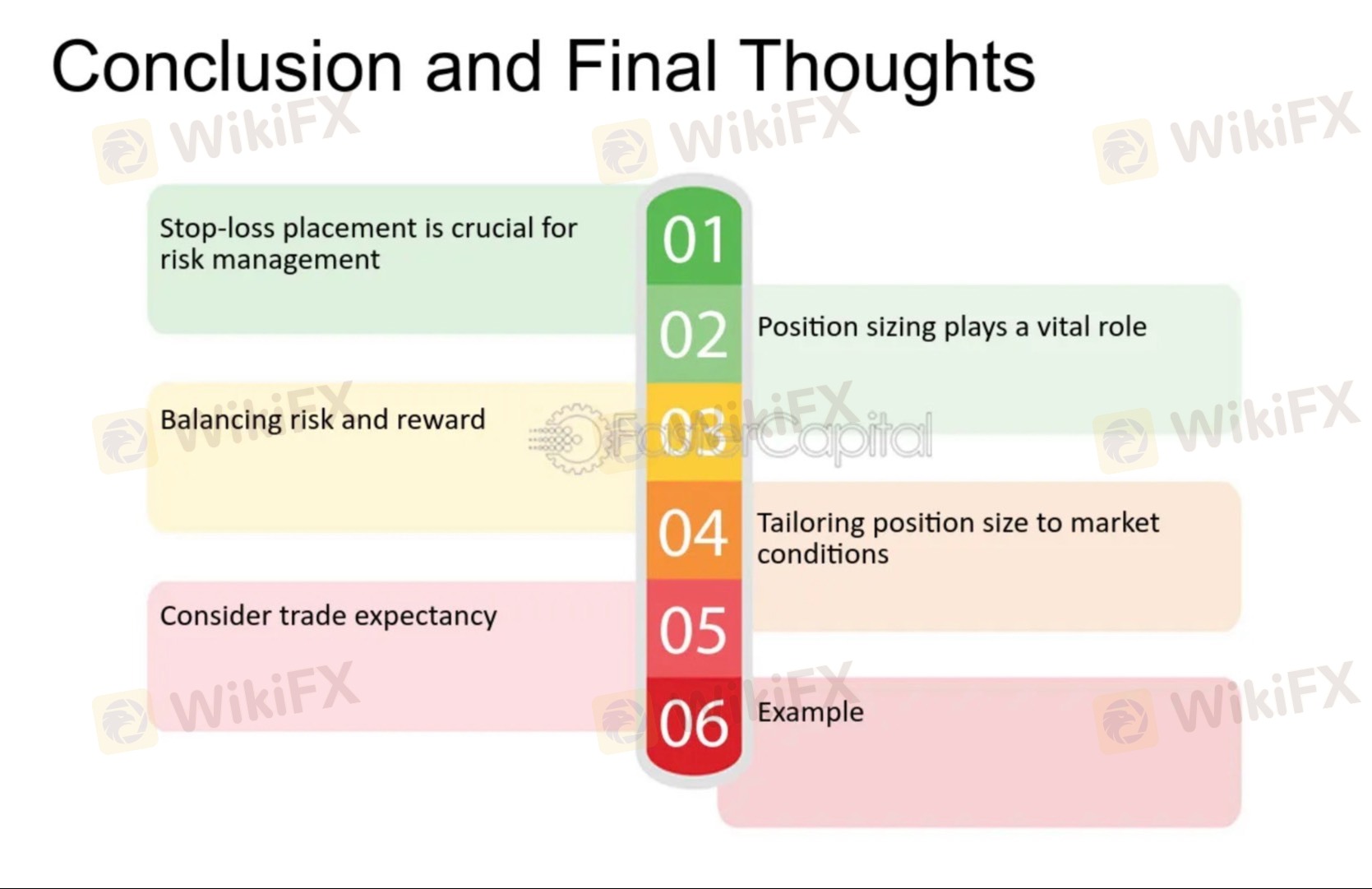
2025-02-17 21:53
業界Ignoring proper stop loss placement
#forexrisktip
Ignoring proper stop-loss placement is a critical mistake in trading and investing, as it significantly increases risk exposure. Here are the key consequences and best practices to avoid them:
Consequences of Ignoring Stop-Loss Placement:
1. Unlimited Loss Potential: Without a stop-loss, losses can accumulate rapidly if the market moves against your position, leading to significant capital erosion.
2. Emotional Decision-Making: When no predefined exit is set, traders often hold onto losing positions out of hope, fear, or greed, worsening losses.
3. Margin Calls and Account Blowouts: For leveraged positions, failing to use stop-losses can lead to margin calls or even a complete account wipeout if the market moves sharply.
4. Disruption of Risk Management: Proper stop-loss placement is integral to effective risk management. Ignoring it undermines the risk-reward ratio and overall trading strategy.
5. Psychological Stress: Watching a losing position without a planned exit can cause stress and anxiety, impairing decision-making for future trades.
Best Practices for Effective Stop-Loss Placement:
1. Determine Risk Tolerance: Set a maximum loss per trade (e.g., 1-2% of total capital) to limit risk exposure.
2. Technical Analysis: Use technical levels such as support and resistance, moving averages, or trend lines for strategic stop-loss placement.
3. Volatility Consideration: Adjust stop-losses based on market volatility. Use indicators like the Average True Range (ATR) to set dynamic stops that account for price swings.
4. Position Sizing: Calculate position size relative to the stop-loss distance to ensure risk is kept within acceptable limits.
5. Avoid Emotional Adjustments: Once placed, avoid moving stop-loss orders based on emotional reactions. Stick to the initial risk management plan.
6. Use of Trailing Stops: Consider using trailing stop-loss orders to lock in profits as the trade moves in your favor while protecting against reversals.
7. Backtesting and Optimization: Test different stop-loss strategies using historical data to find the most effective approach for your trading style and market.
Would you like help calculating stop-loss levels or guidance on using technical indicators for better placement?
いいね 0
FX1172222260
Trader
人気の話題
業界
米国株式や日経などのクロスボーダー ETF は大量に高値で償還され
業界
包括的なリスク管理計画を策定する
業界
高度なテクノロジーとテクニカル分析を活用する
業界
📢2025年1月9日11:00の通貨ペア
業界
危険】:米国でVarna Tradeを訪問しましたが、オフィスは見つかりませんでした‼ 詳細は下の画
業界
👀#WikiFX 「先週、日本人ユーザーが最も検索されたFX会社が発表されました!」
市場分類

会社ナビ

エキスポ

IB

募集

EA

業界

相場

指標
Ignoring proper stop loss placement
 インド | 2025-02-17 21:53
インド | 2025-02-17 21:53#forexrisktip
Ignoring proper stop-loss placement is a critical mistake in trading and investing, as it significantly increases risk exposure. Here are the key consequences and best practices to avoid them:
Consequences of Ignoring Stop-Loss Placement:
1. Unlimited Loss Potential: Without a stop-loss, losses can accumulate rapidly if the market moves against your position, leading to significant capital erosion.
2. Emotional Decision-Making: When no predefined exit is set, traders often hold onto losing positions out of hope, fear, or greed, worsening losses.
3. Margin Calls and Account Blowouts: For leveraged positions, failing to use stop-losses can lead to margin calls or even a complete account wipeout if the market moves sharply.
4. Disruption of Risk Management: Proper stop-loss placement is integral to effective risk management. Ignoring it undermines the risk-reward ratio and overall trading strategy.
5. Psychological Stress: Watching a losing position without a planned exit can cause stress and anxiety, impairing decision-making for future trades.
Best Practices for Effective Stop-Loss Placement:
1. Determine Risk Tolerance: Set a maximum loss per trade (e.g., 1-2% of total capital) to limit risk exposure.
2. Technical Analysis: Use technical levels such as support and resistance, moving averages, or trend lines for strategic stop-loss placement.
3. Volatility Consideration: Adjust stop-losses based on market volatility. Use indicators like the Average True Range (ATR) to set dynamic stops that account for price swings.
4. Position Sizing: Calculate position size relative to the stop-loss distance to ensure risk is kept within acceptable limits.
5. Avoid Emotional Adjustments: Once placed, avoid moving stop-loss orders based on emotional reactions. Stick to the initial risk management plan.
6. Use of Trailing Stops: Consider using trailing stop-loss orders to lock in profits as the trade moves in your favor while protecting against reversals.
7. Backtesting and Optimization: Test different stop-loss strategies using historical data to find the most effective approach for your trading style and market.
Would you like help calculating stop-loss levels or guidance on using technical indicators for better placement?
いいね 0
私もコメントします
質問します
0コメント件数

誰もまだコメントしていません、すぐにコメントします

質問します
誰もまだコメントしていません、すぐにコメントします